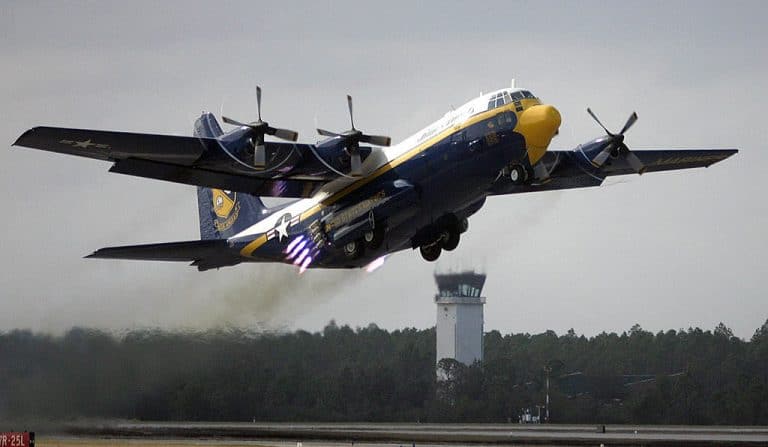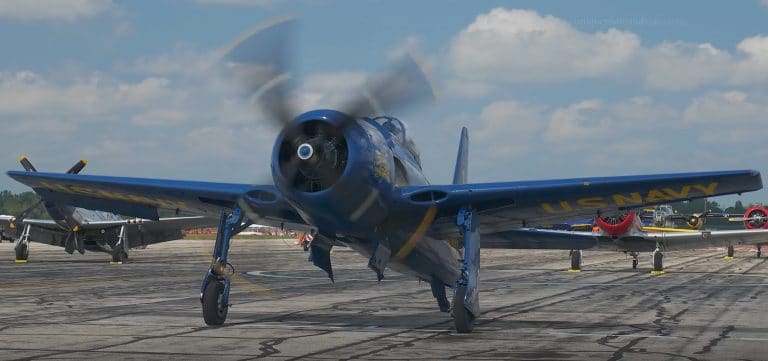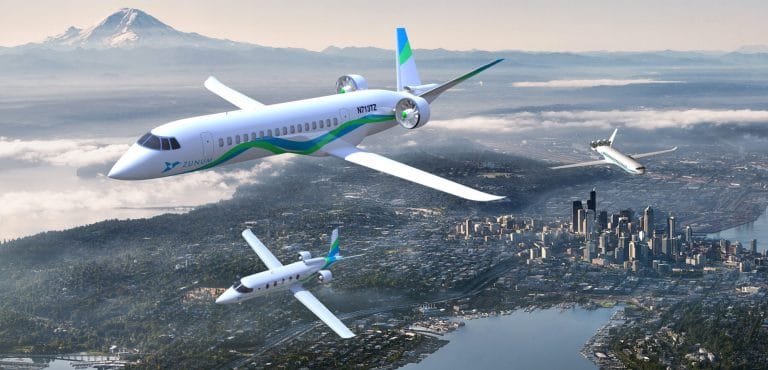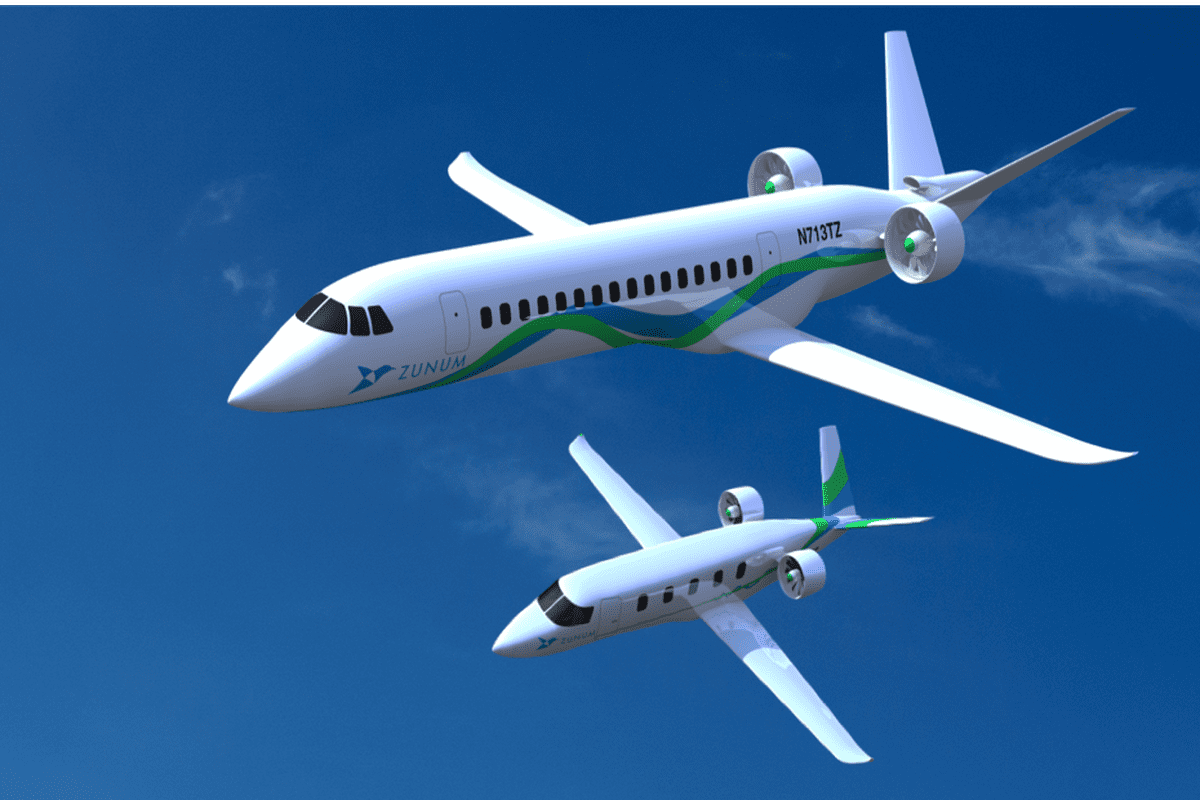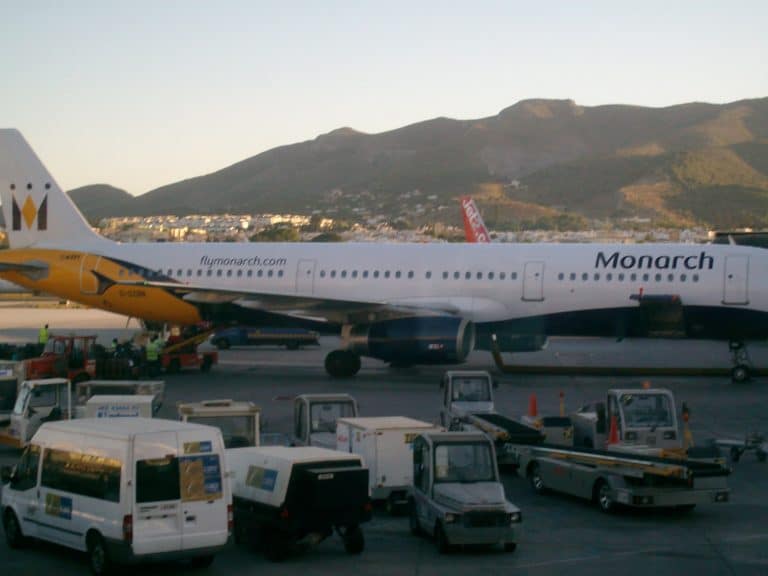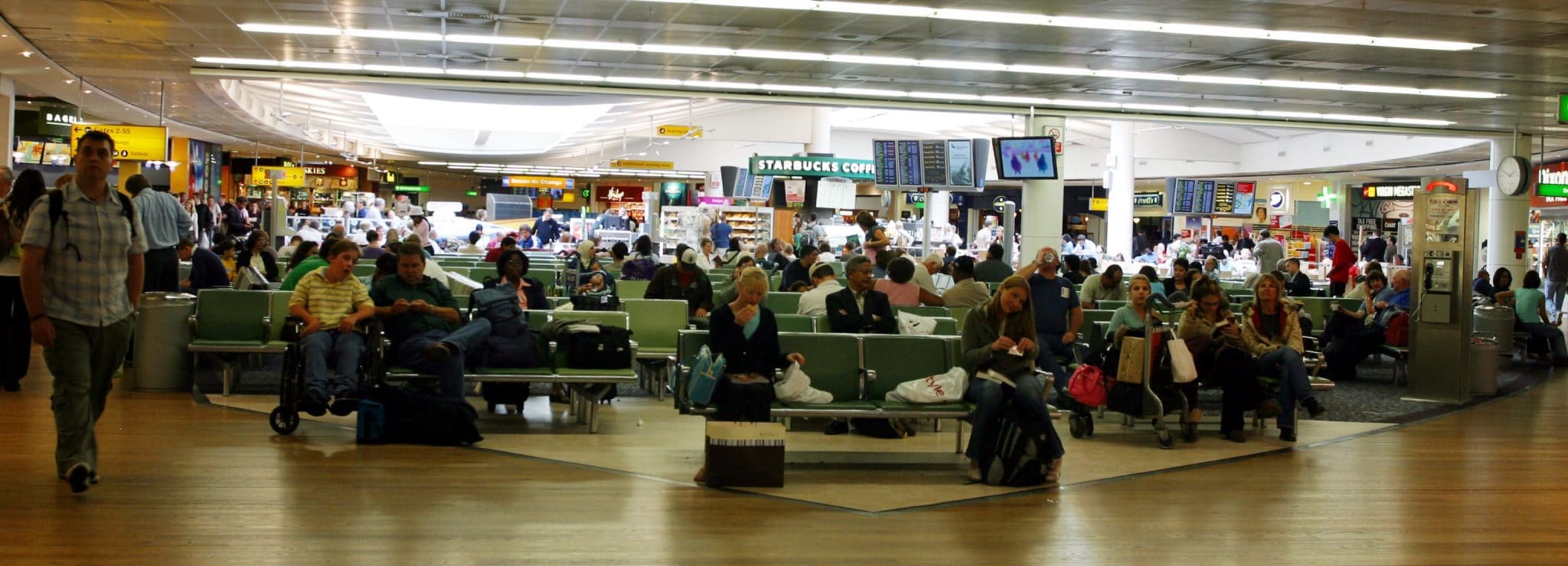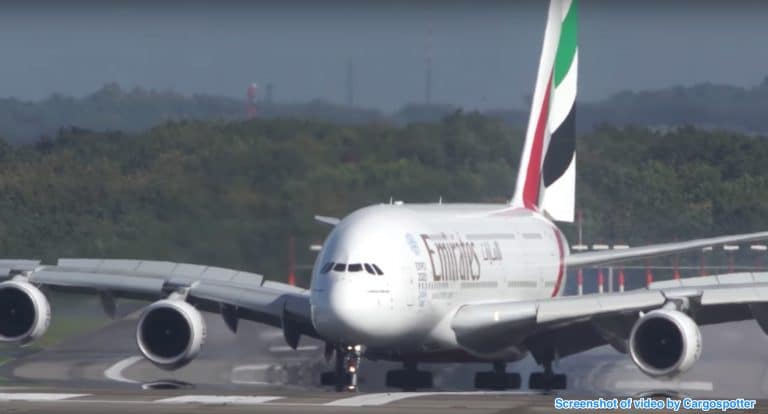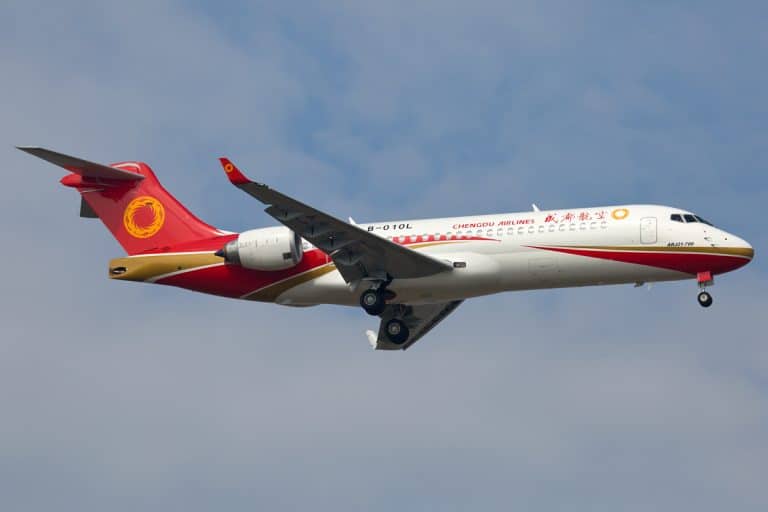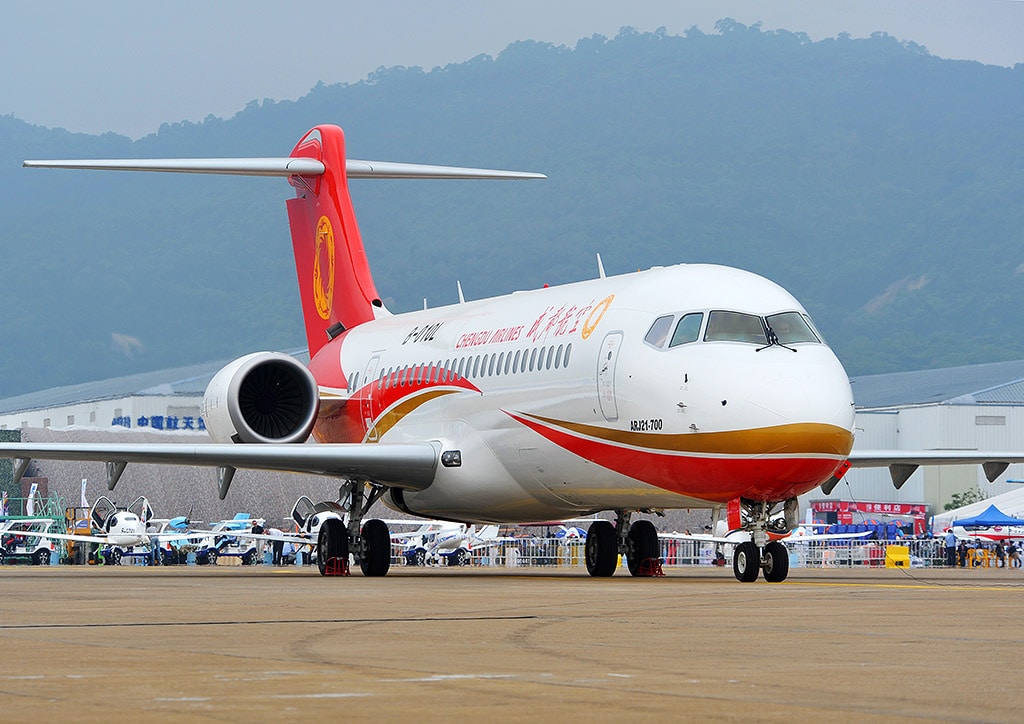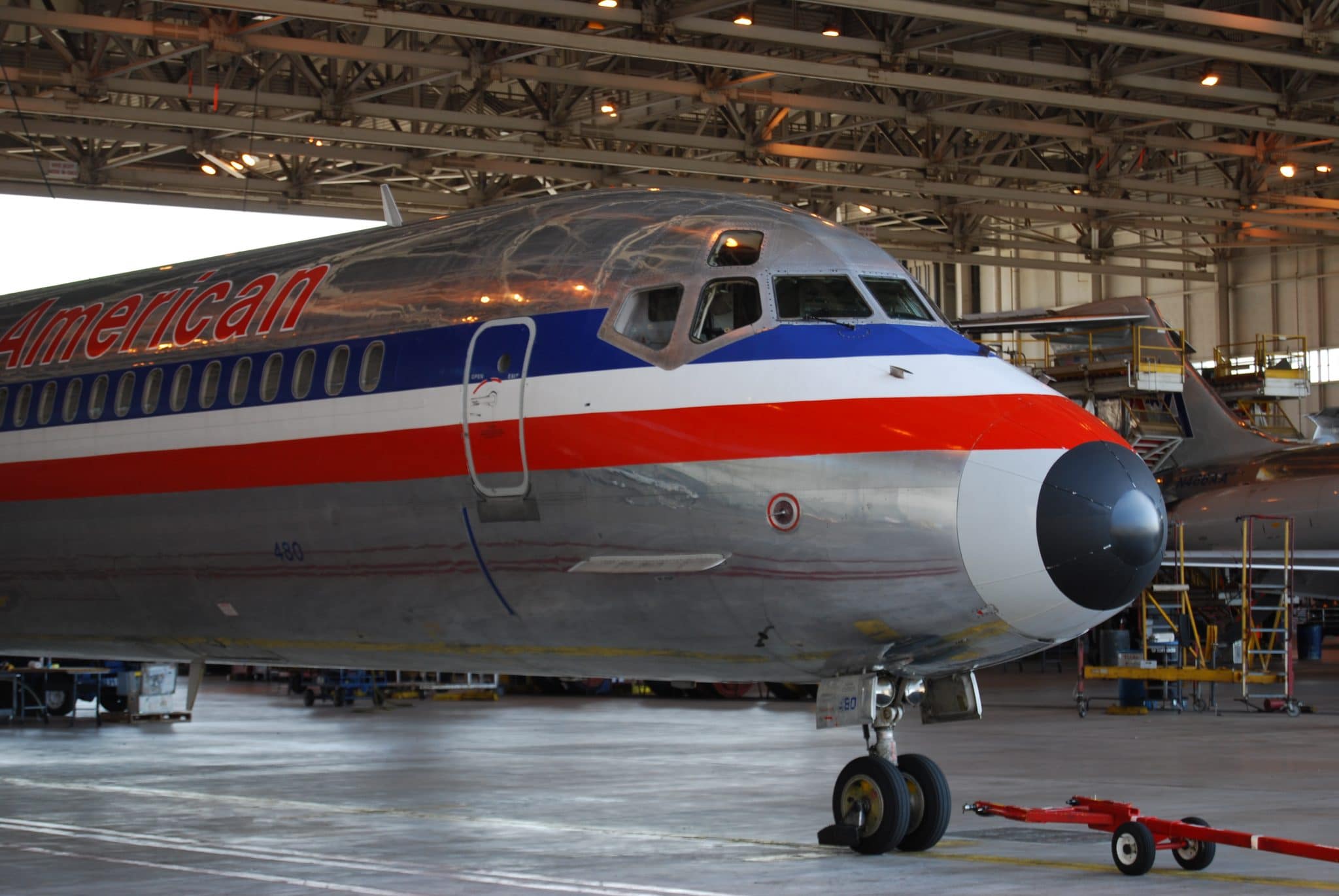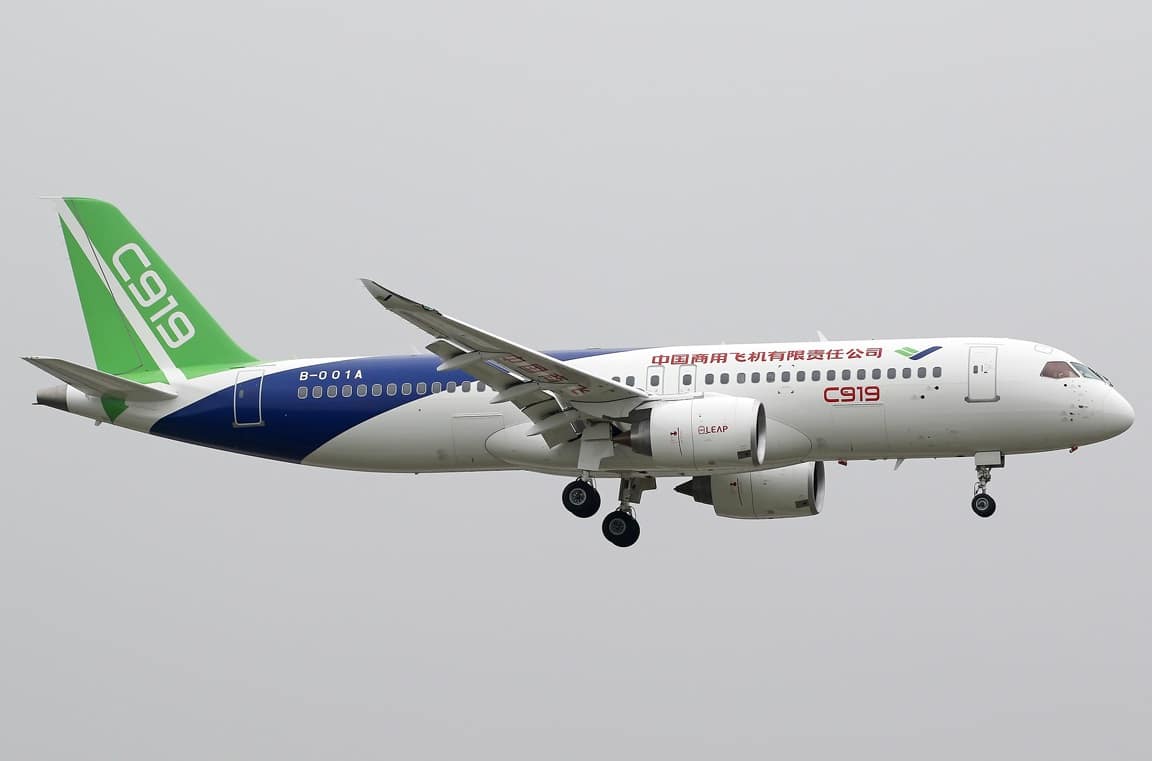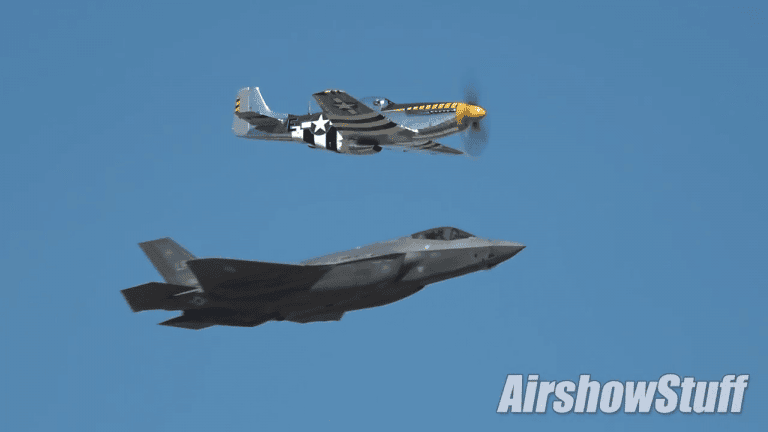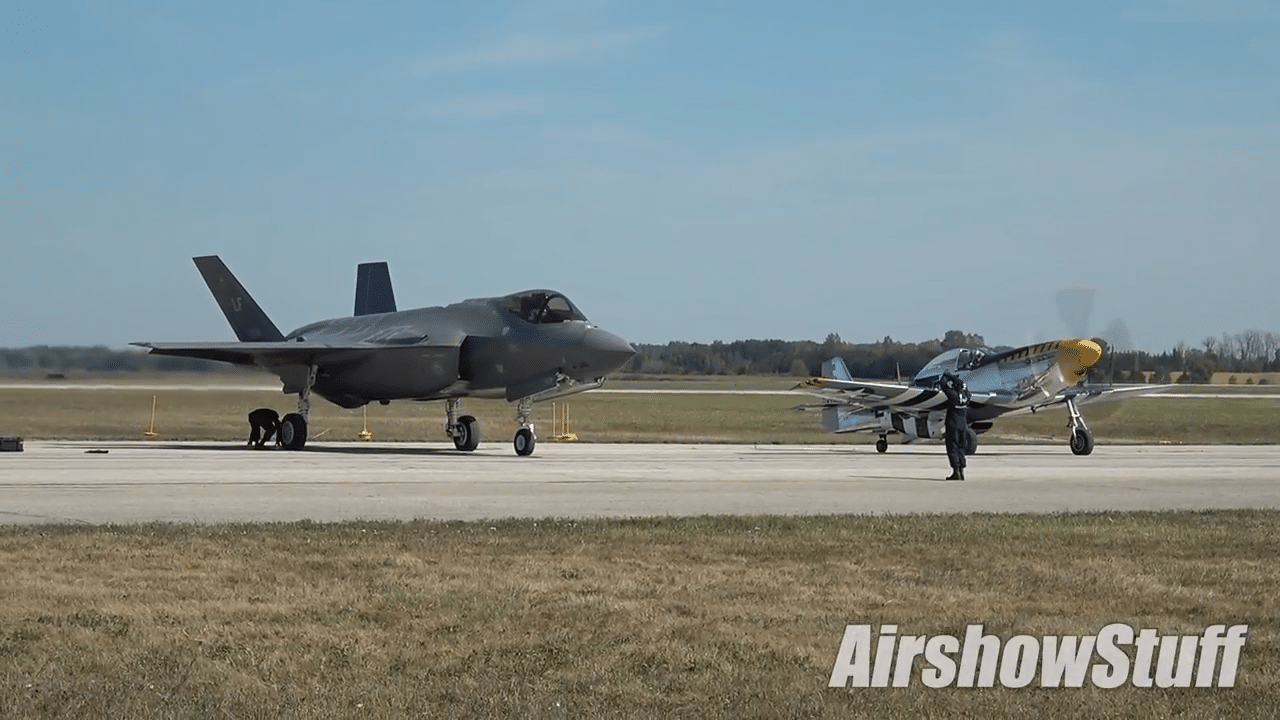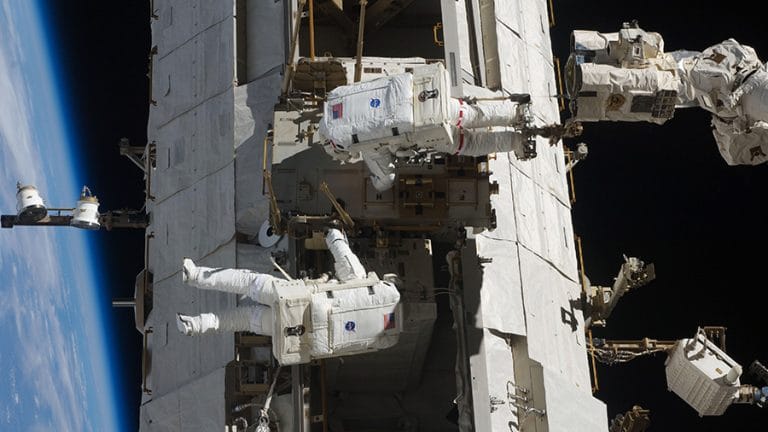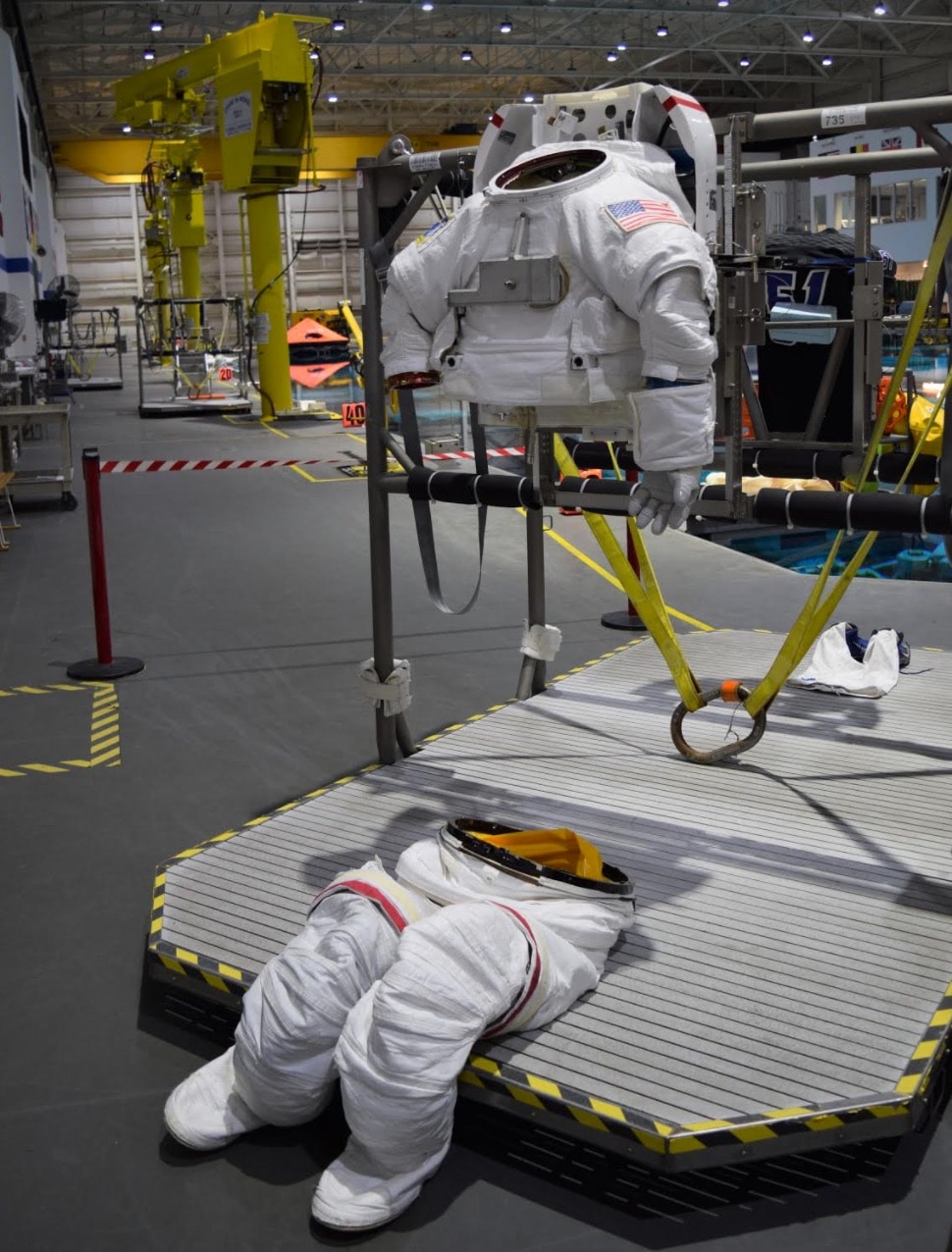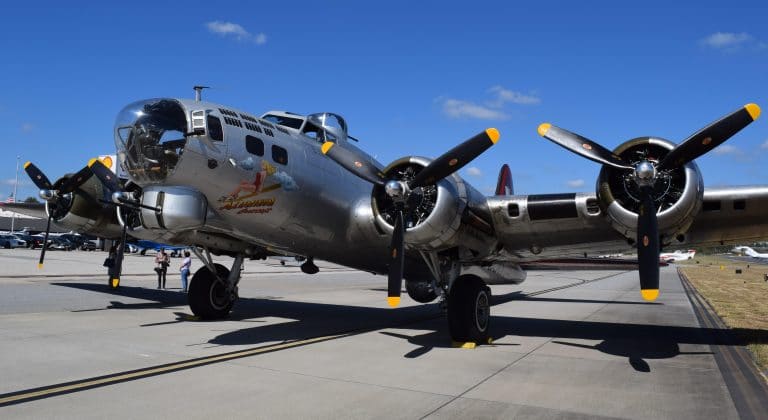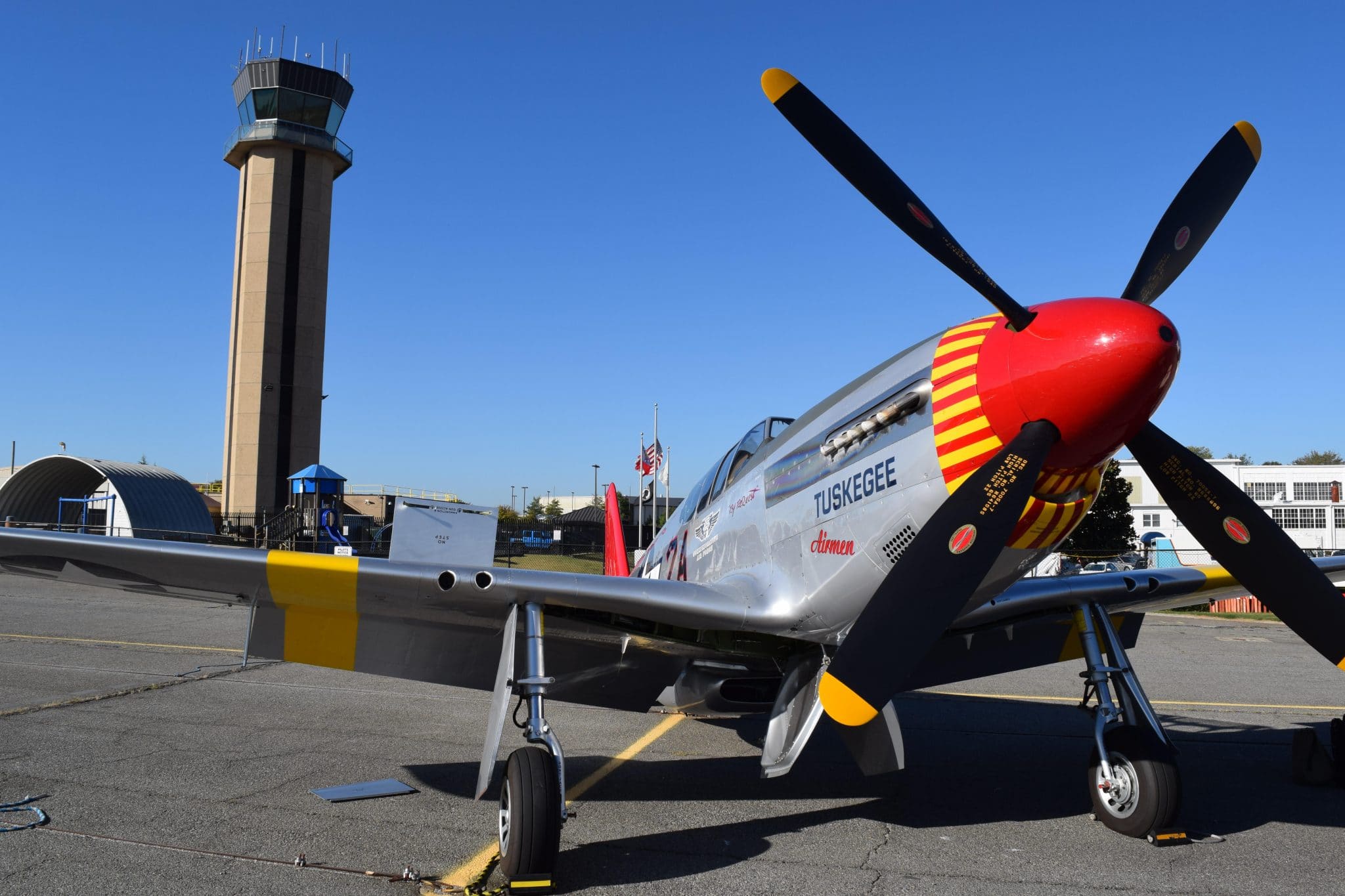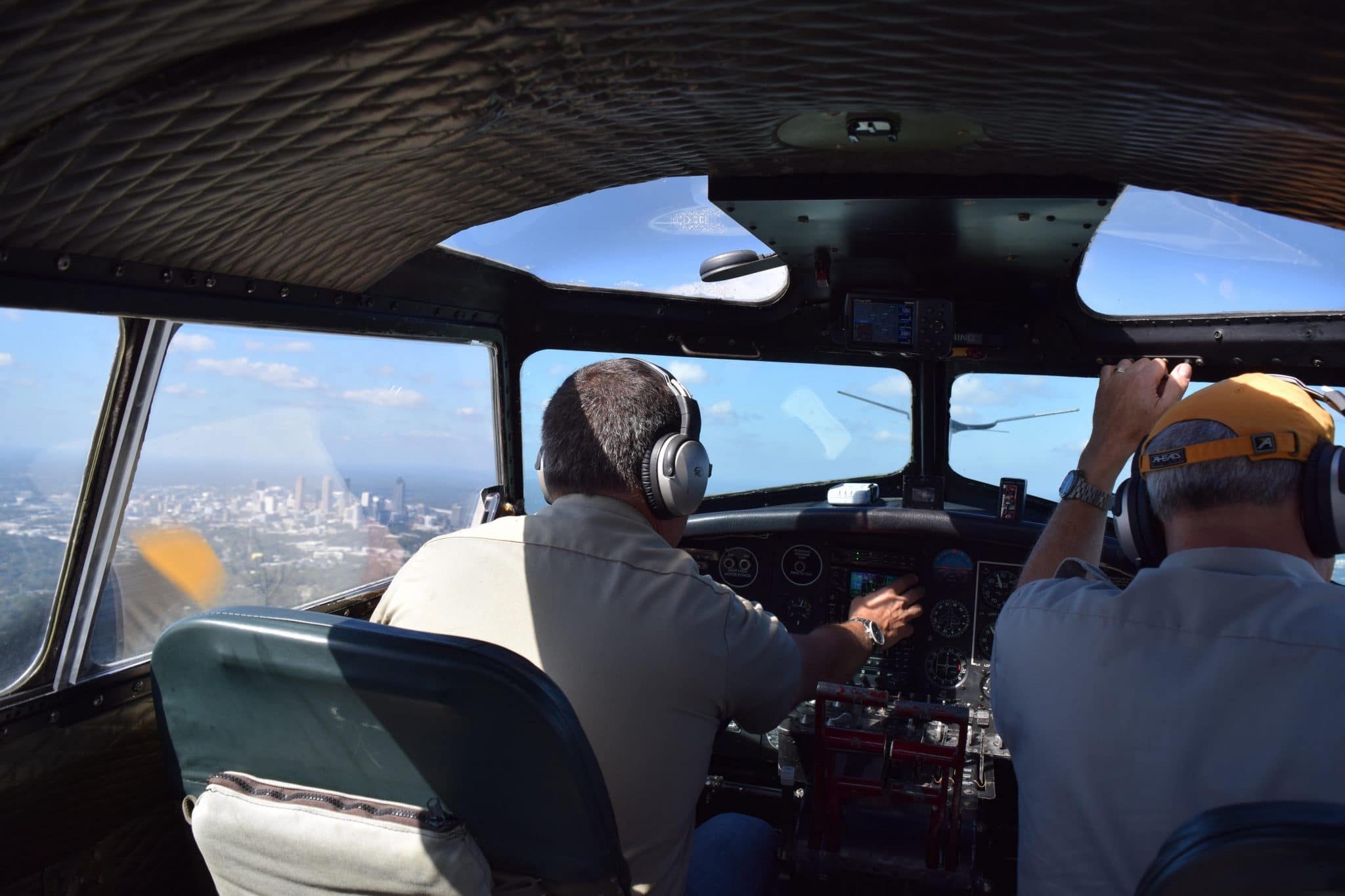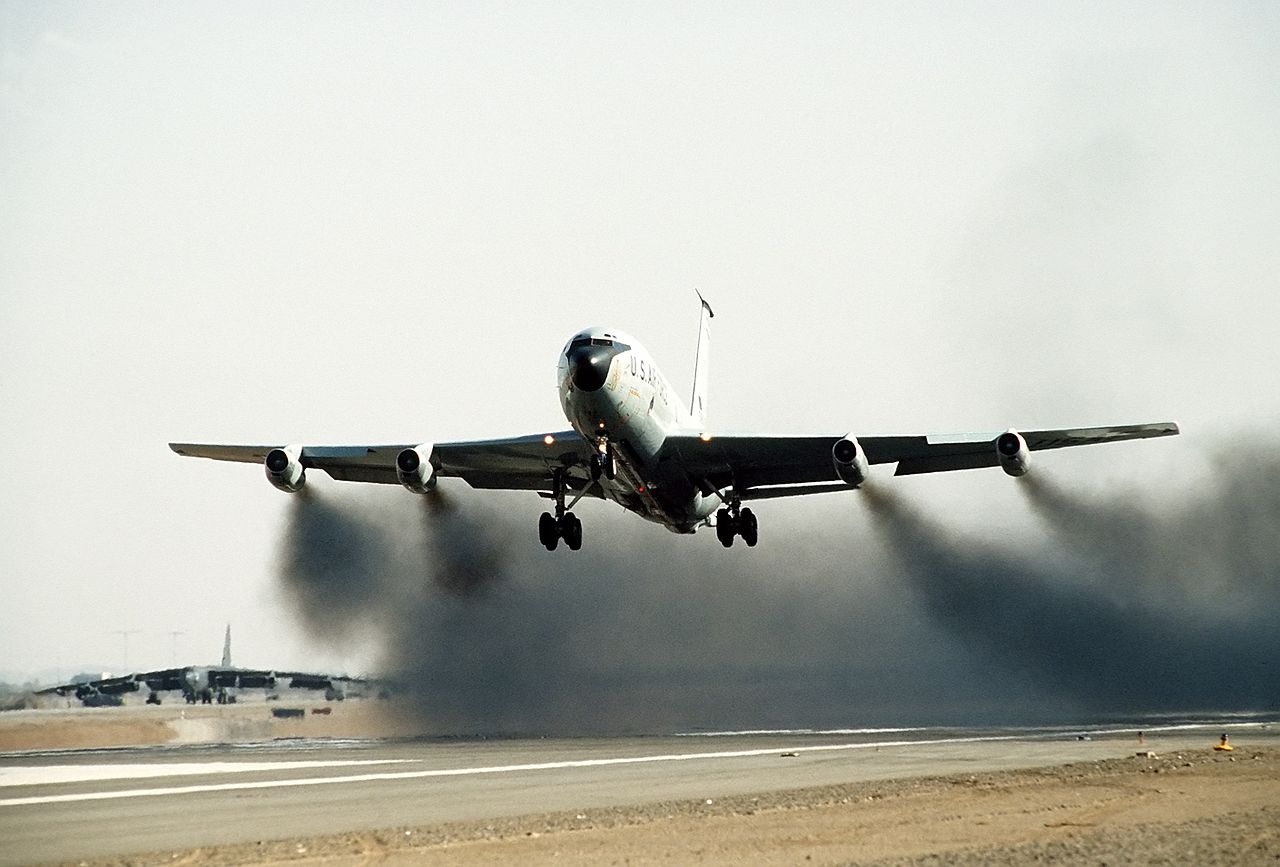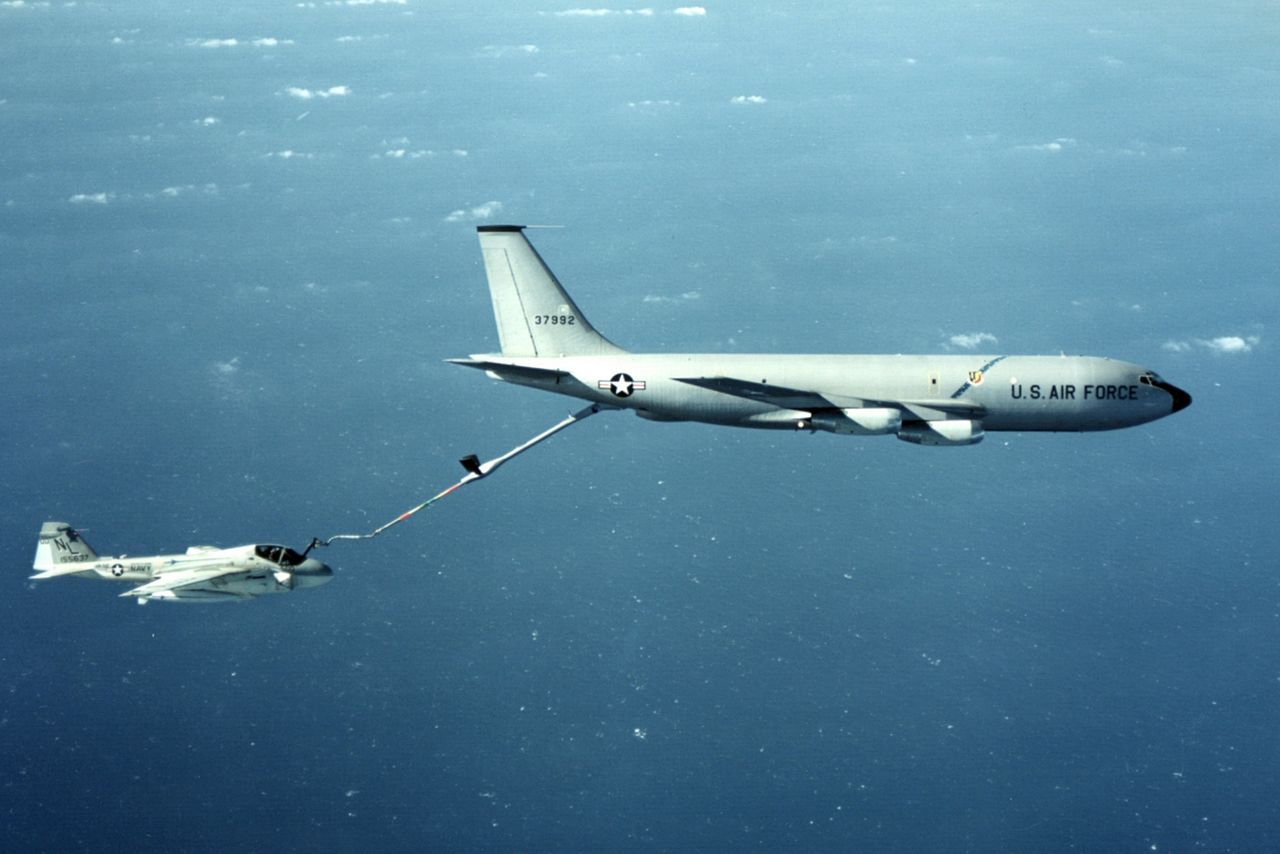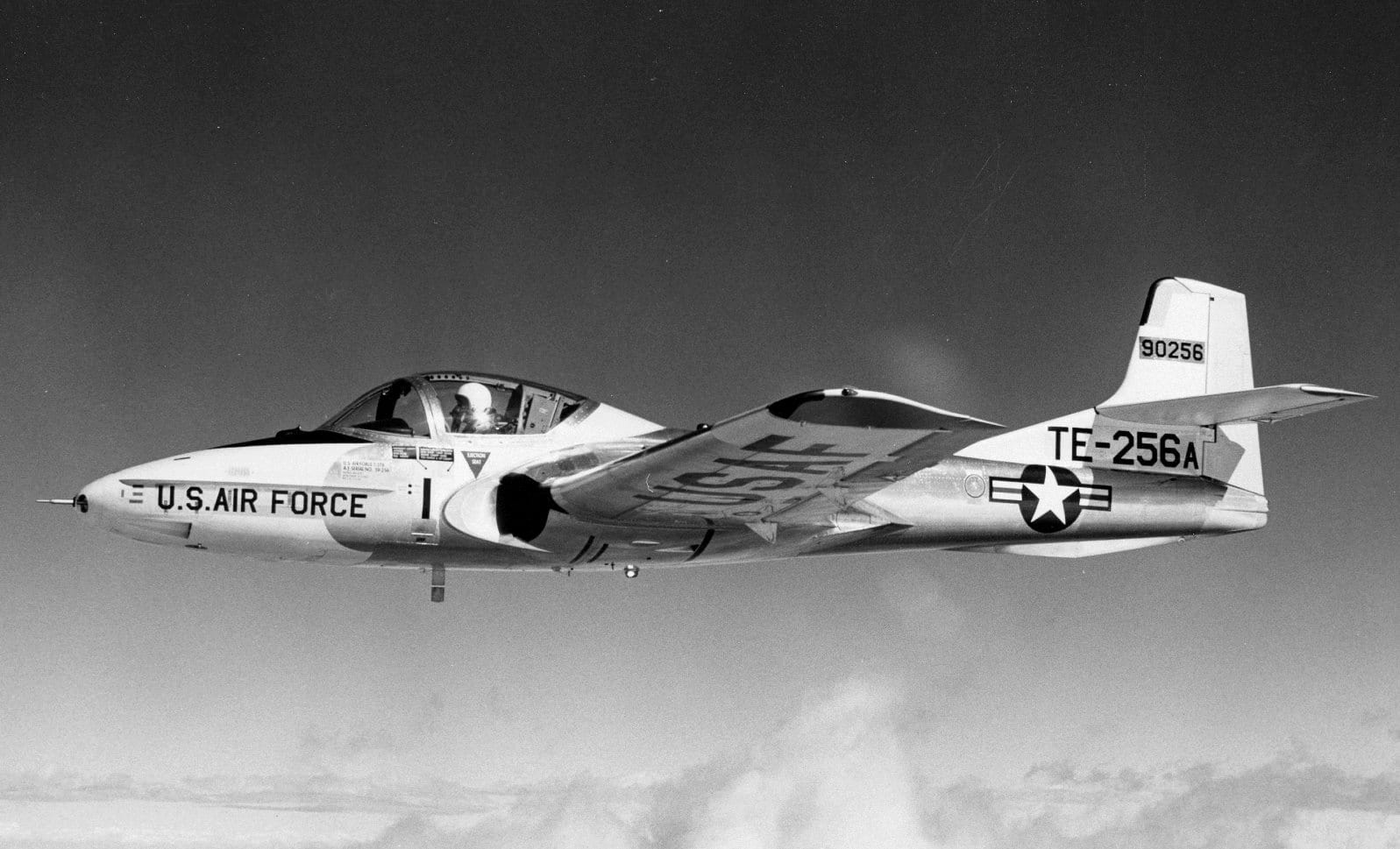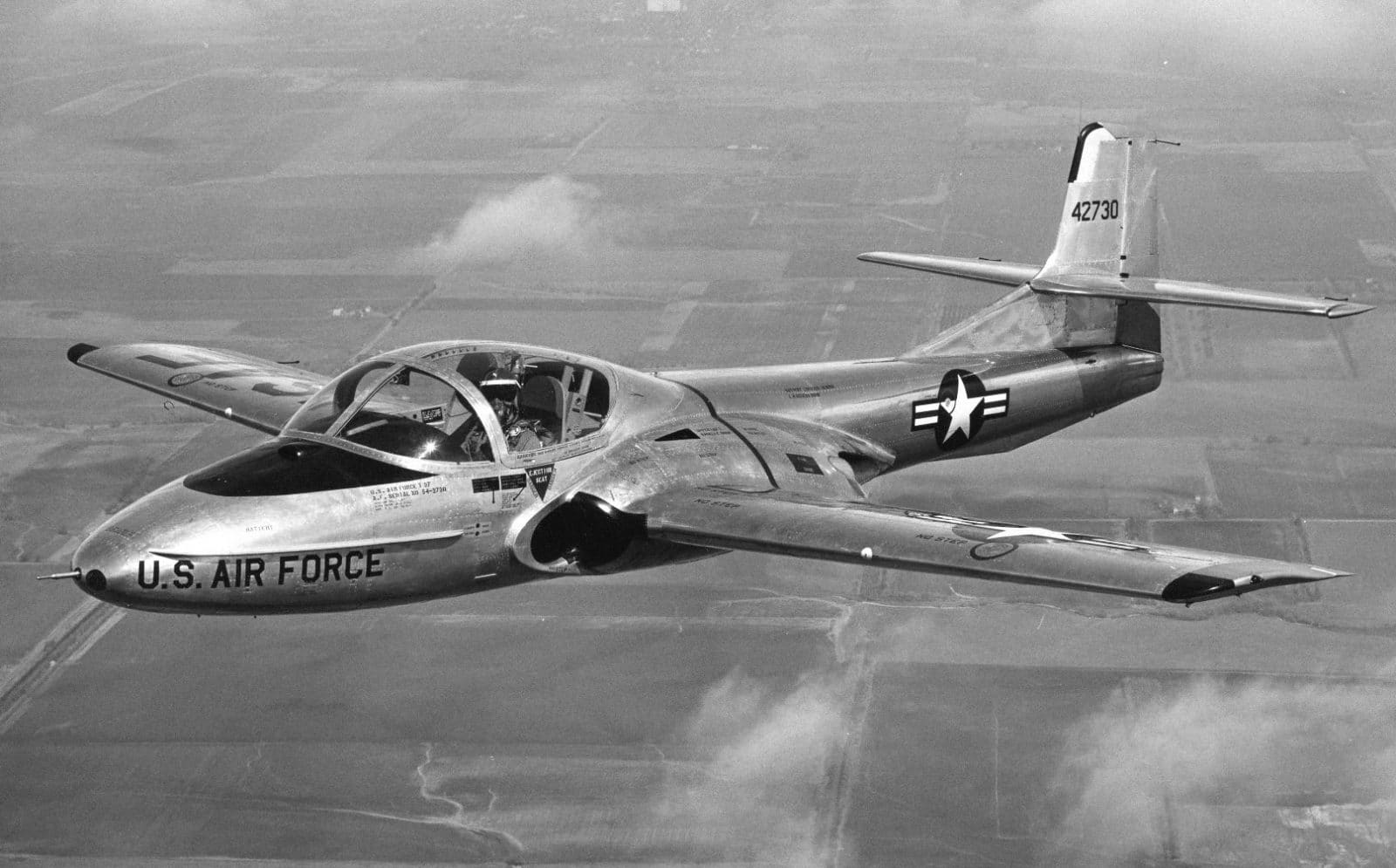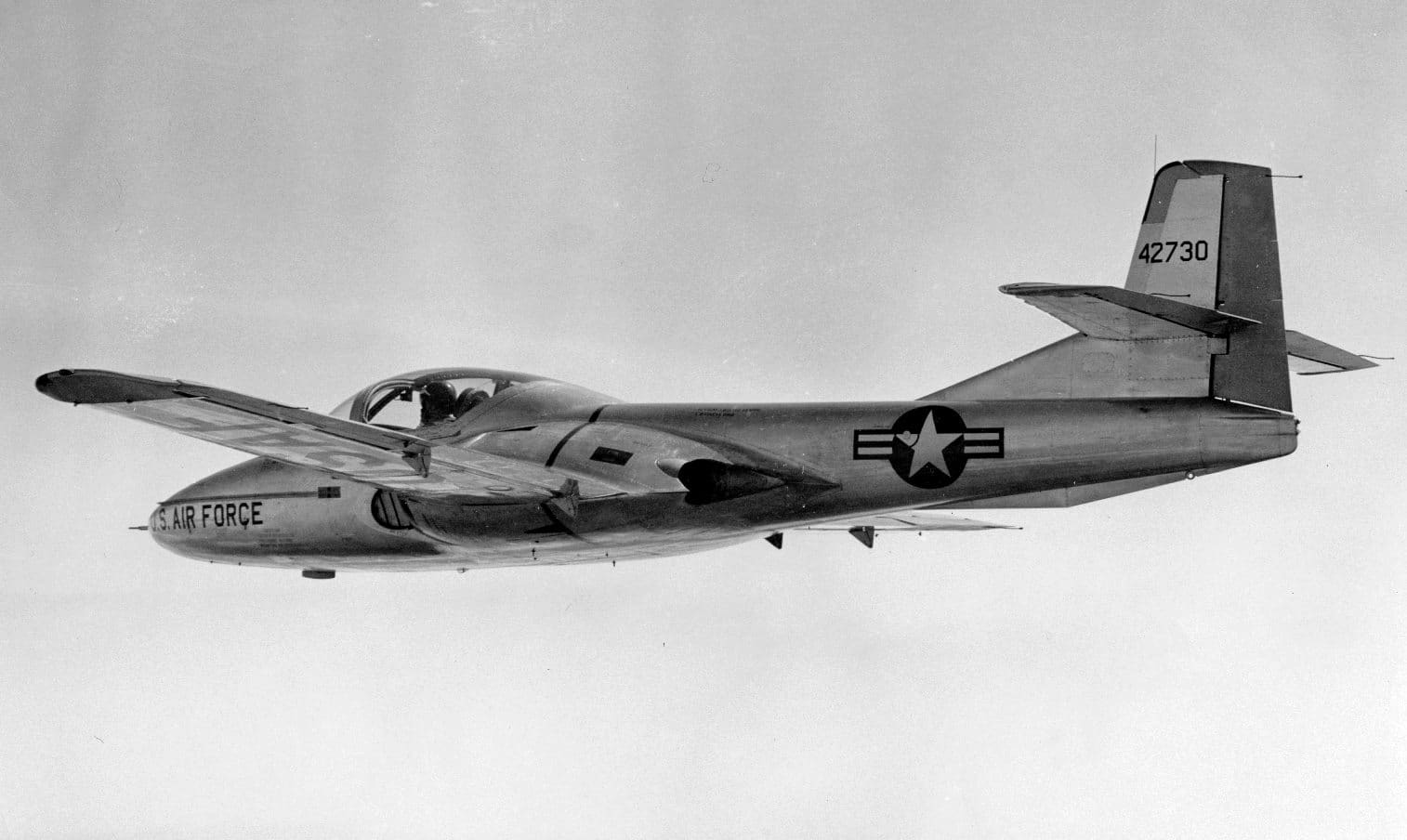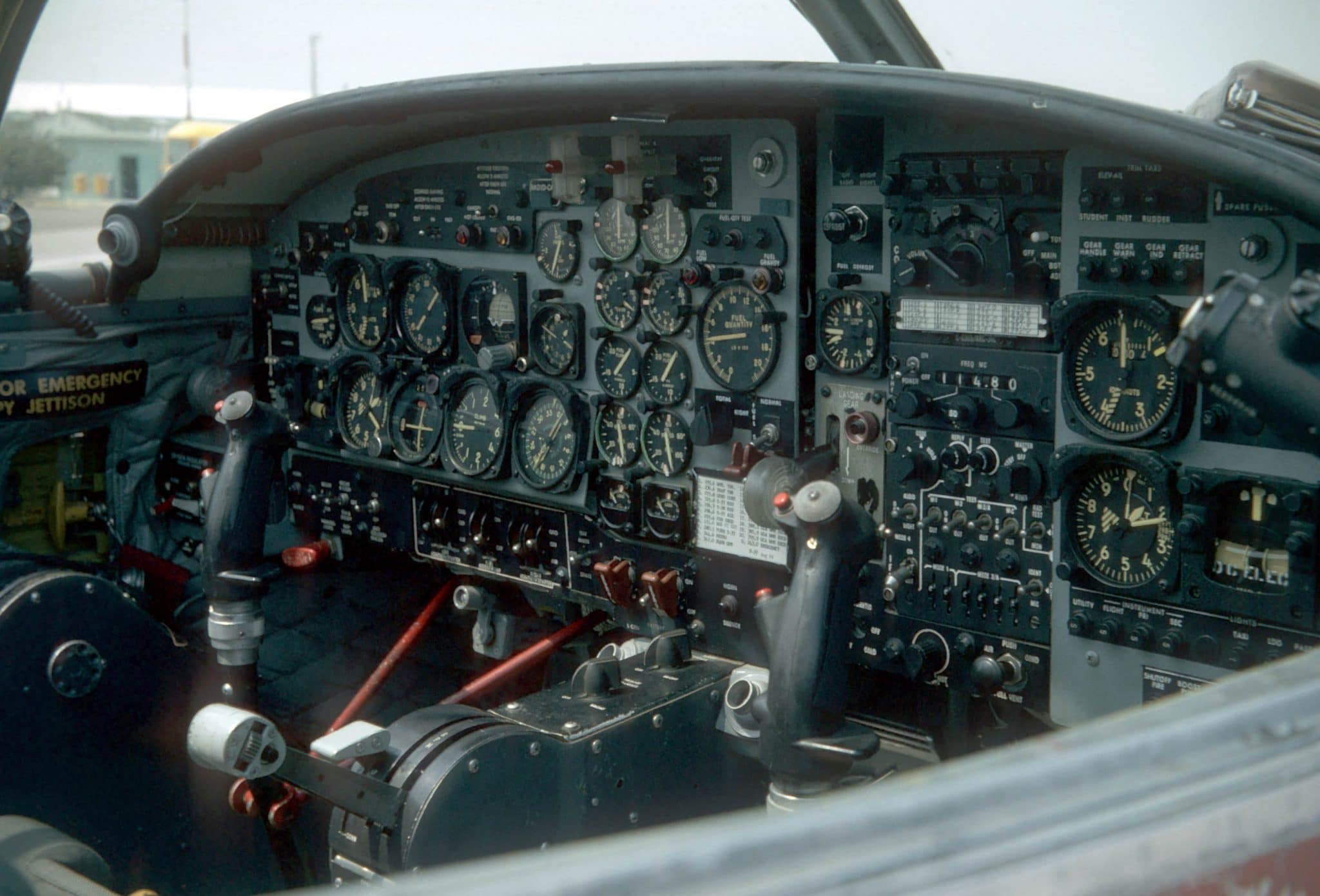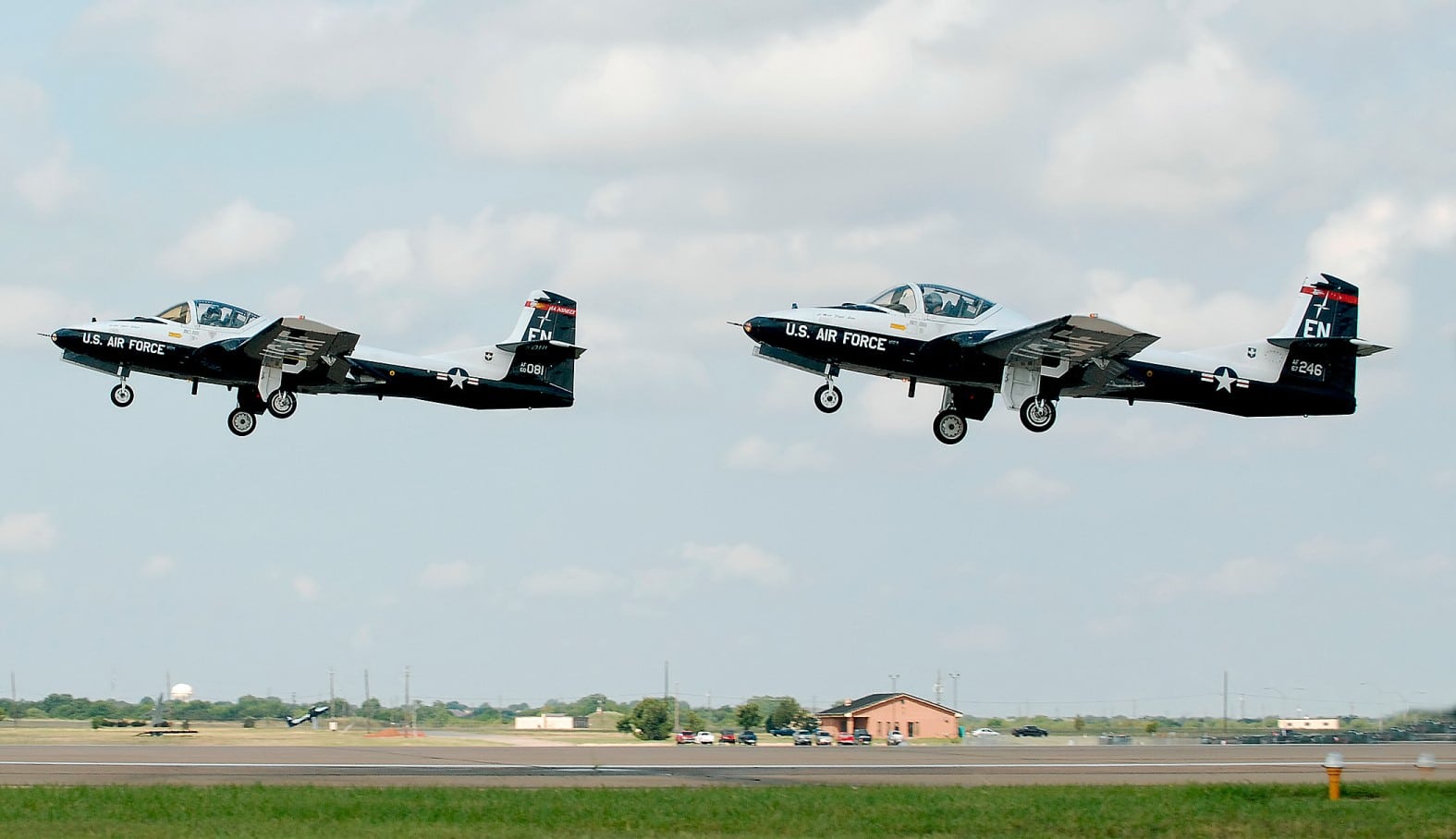On my first T-38 solo, I got into multiple troubles. In one of the maneuvering areas, I decided to do repeated loops, merrily climbing and losing ten thousand feet in each loop. As you pull through the top of the loop, you must look up to see the earth coming back into view. As you finish the loop, there is nothing but earth before you as you streak straight down. I was having a fine time until Center called me and asked which area I was supposed to be in. I gave him the area name, and he informed me I had strayed into the adjacent area in my frolic, and why didn’t I get my butt back into my own area.
That, however, was mild compared to what was coming. I returned to the Webb pattern, shot an instrument approach, and requested the closed (close in) visual pattern to get another quick landing. As I rolled out on final, I noticed the controls were behaving very strangely. I had to use huge control stick movements to get my desired response from the plane. As I pondered this, the RSU officer came up on tower frequency and asked, “T-38 on final, confirm no-flap?”
AAAAAAH!
I had forgotten to put the flaps down to improve lift for the slow final approach and now, belatedly, realized I was about to stall the plane a few hundred feet above the ground, something that could have fatal consequences. I slammed the throttles forward into full afterburner, orange flames shot out the back of the plane’s engines, and I felt a blessed power surge that pressed me back into my seat. Stunned at my lapse and whispering, “Oh, fuck! Oh, fuck!” to myself, I heard the RSU controller on the radio again a moment later.
“On the go, [meaning me], gear?”
AAAAAAH again!
I had forgotten, in my panic, to raise the gear and had now exceeded its maximum extended speed limit. However, it did come up and eventually go down one more time as I full stopped.
I wobbled away from the plane after landing and skulked back into the flight room. I didn’t know if I could possibly get away with this. As it turned out, I could not.
One of the loudest, most obnoxious of our section’s IPs had been the RSU officer asking me the questions from the tower, and he soon arrived to skewer me in front of the entire flight. “Lieutenant Lacklen, were you Rod 22?” he asked loudly, knowing full well I had been.
“Er, yes, sir, I was,” I said.
“Did you write up a gear overspeed when you landed?” he pressed, glaring at me angrily as if he had just caught me in bed with his wife.
“Er, no, sir.”
As he looked around the room to ensure everyone was listening, he continued, his voice rising, “Well, let me count up the busts for you on this flight—one for flying an illegal [for a student] no-flap, one for overspeeding the gear, and one for not writing it up in the maintenance forms. That is three U’s on one solo ride, mister. Where the hell is your IP? Now, get your ass back out to that airplane and write up that gear!”
Captain Obnoxious had known he had a student by the balls when, after asking for no-flap confirmation of me on final, he had seen the orange flames explode from the back of my engines, a sure sign I had hit afterburners; I didn’t even need to answer him. Had he not seen that, and had I not answered, his next, panicked command would have been “T-38 on final, burners now!” because, as my nose-high, wallowing aircraft movement warned, I’d have soon started stalling and falling. But I beat him to the punch. Then, as I streaked past the RSU with my gear still down, he knew he had me again, and he did.”
Editors note: Youtube video by majsparky depicting typical T-38 sorties from the 1970s.
(Excerpt from “Flying the Line, an Air Force Pilot’s Journey, Pilot Training, Vietnam, SAC,” (book one of the three book series) by Jay Lacklen.


